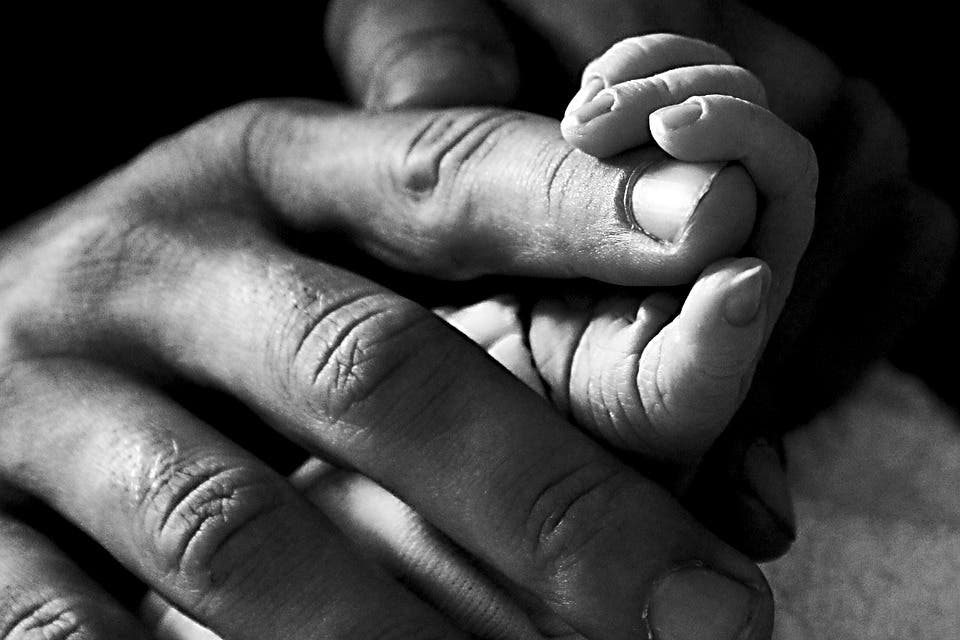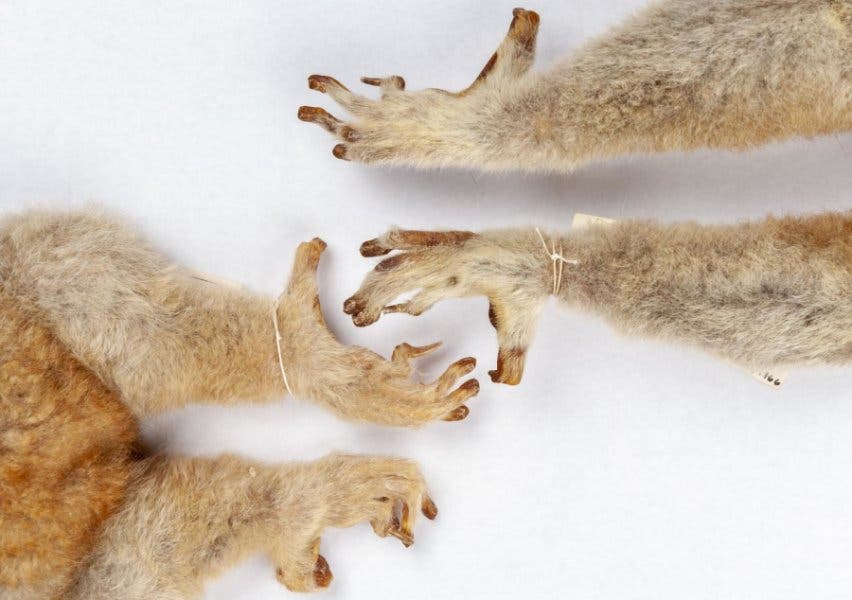If you like having nails instead of claws, give a shout-out to society.

Unlike other mammals, us humans and our primate cousins sport nails instead of claws. However, this wasn’t always the case — new fossil evidence shows that ancient primates had specialized grooming claws as well as nails. The findings showcase how primate social structure helped shift claw and nail evolution, the team writes, and overturns our assumption that the earliest primates had nails on all their fingers.
Nailed it
“We had just assumed nails all evolved once from a common ancestor, and in fact, it’s much more complicated than that,” said Jonathan Bloch, study co-author and curator of vertebrate paleontology at the Florida Museum of Natural History.
Grooming goes beyond just looking good. The thick body hair of primates is an ideal habitat for ticks, lice, and a whole host of other creepy crawlies which are both annoying and potential health hazards. As such, the ability to remove these pests formed an evolutionary advantage — and they evolved specialized grooming claws for the purpose. Many primates today retain such claws. Lemurs (subfamily Lemuroidea), lorises (subfamily Lorinae), and galagoes (family Galagidae) have grooming claws on their second toe, while tarsiers (family Tarsiidae) boast them on their second and third toe.
Up to now, we’ve believed that grooming claws developed independently across several primate lineages up to those alive today. However, new fossil evidence suggests that such claws are, rather, a key feature — they date back at least 56 million years, to the oldest-known primates.
Back in 2013, the study’s lead author Doug Boyer found several curious primate fossils at the University of California Museum of Paleontology. These fossils — distal phalanges, the bones that make the tips of fingers or toes — were hidden in sediment samples collected in Wyoming several decades earlier; as often happens, however, they were left waiting in a drawer in the archives. Based on the shape of these fossils, Boyer suspected that their owners sported grooming claws — in general, distal phalanges topped with a claw will be more narrow and tapered, while those supporting a nail will be flat and wide.

Image credits Kristen Grace / Florida Museum.
Bloch’s work involved material recovered from Bighorn Basin, Wyoming. He discovered what initially looked like a “strange, narrow nail” bone, but on later comparison with modern specimens “it looked just like a tarsier grooming claw,” he recounts. Although smaller than a grain of rice, the bone matched the proportions of grooming claws of Teilhardina brandti, a mouse-sized, tree-dwelling primate.
Claw me, claw thee
These were the first hints that the fingers of early primates had grooming claws. To get to the bottom of things, the duo went out to Omomys Quarry, Wyoming, a site once inhabited by an early primate family, Omomys. Here, they found omomyoid grooming claws at three sites spanning 10 million years in the fossil record. The fossils proved beyond a doubt that early primates sported grooming claws.
Why, then, don’t we have some as well?
“The loss of grooming claws is probably a reflection of more complex social networks and increased social grooming,” said Boyer, an associate professor in the department of evolutionary anthropology at Duke University.
“You’re less reliant on yourself.”
This hypothesis could also explain why some species of (more) solitary primates, such as the titi (subfamily Callicebinae) or owl monkeys (family Aotidae) have re-evolved a grooming claw.
But why develop nails in the first place? The team believes it came down to shifts in how primates got around. As climbing, leaping, and grasping took center stage, claws simply became impractical — whereas nails wouldn’t snag or get in the way of anything.
Furthermore, the claws provide new insight into the lives of ancient primates, the team notes, many of which are only known from fossil teeth. Even these tiny claws can offer insight into how our ancestors moved about, their daily behavior, and their social structures.
“We see a bit of ourselves in the hands and feet of living primates,” Bloch said. “How they got this way is a profoundly important part of our evolutionary story.”
The paper “Oldest evidence for grooming claws in euprimates” has been published in the Journal of Human Evolution.






